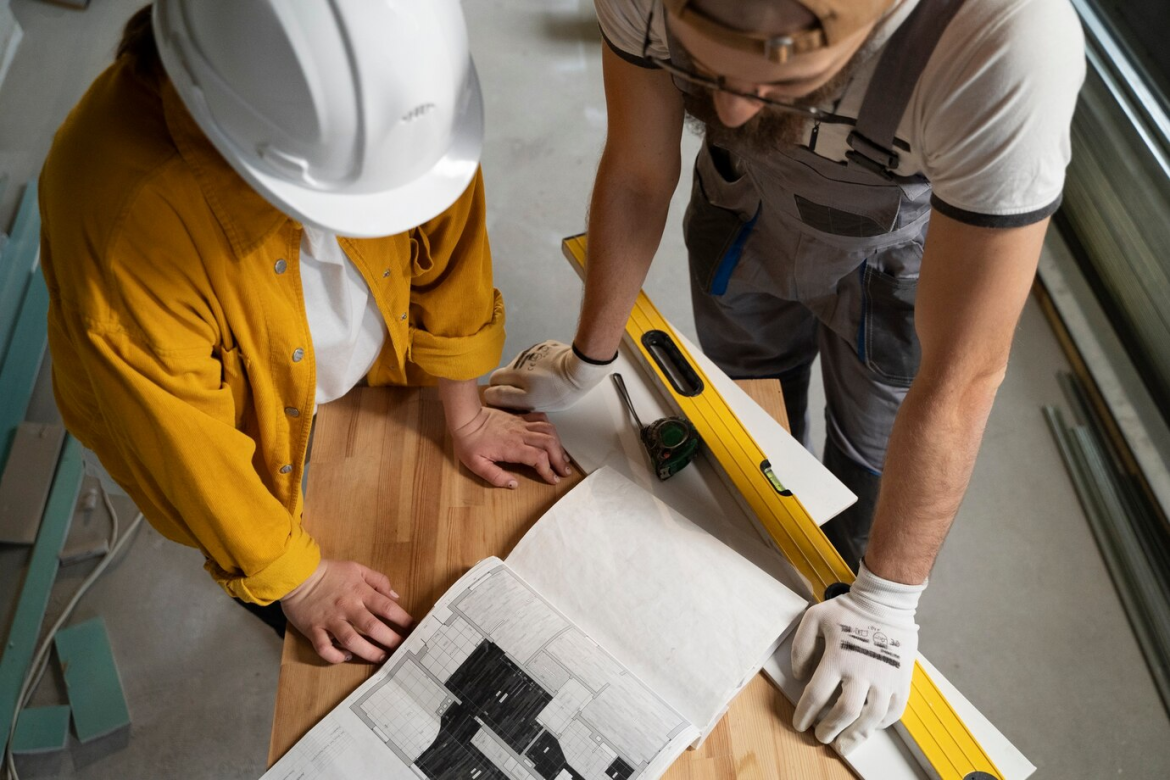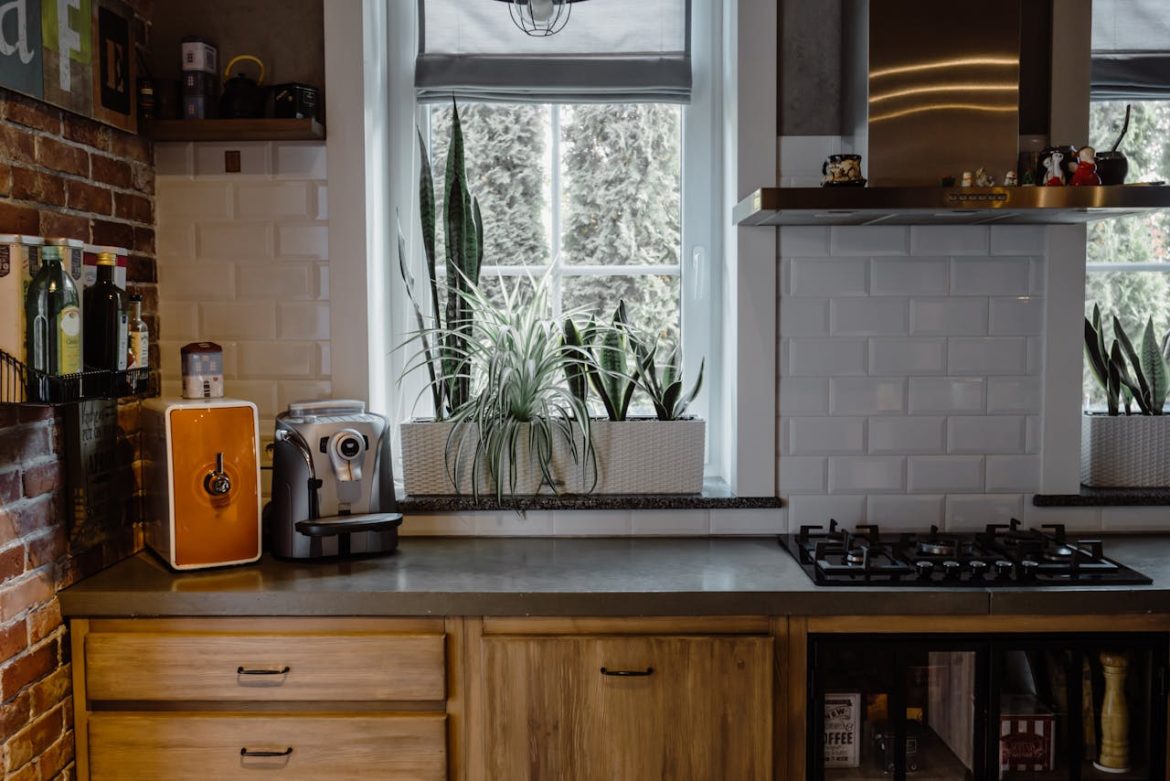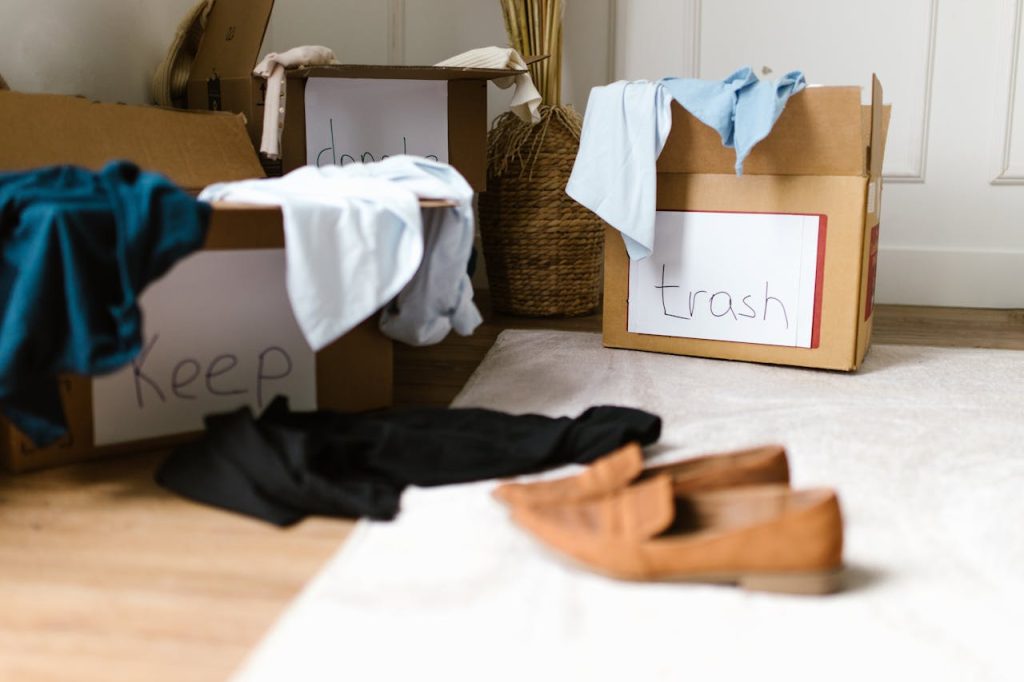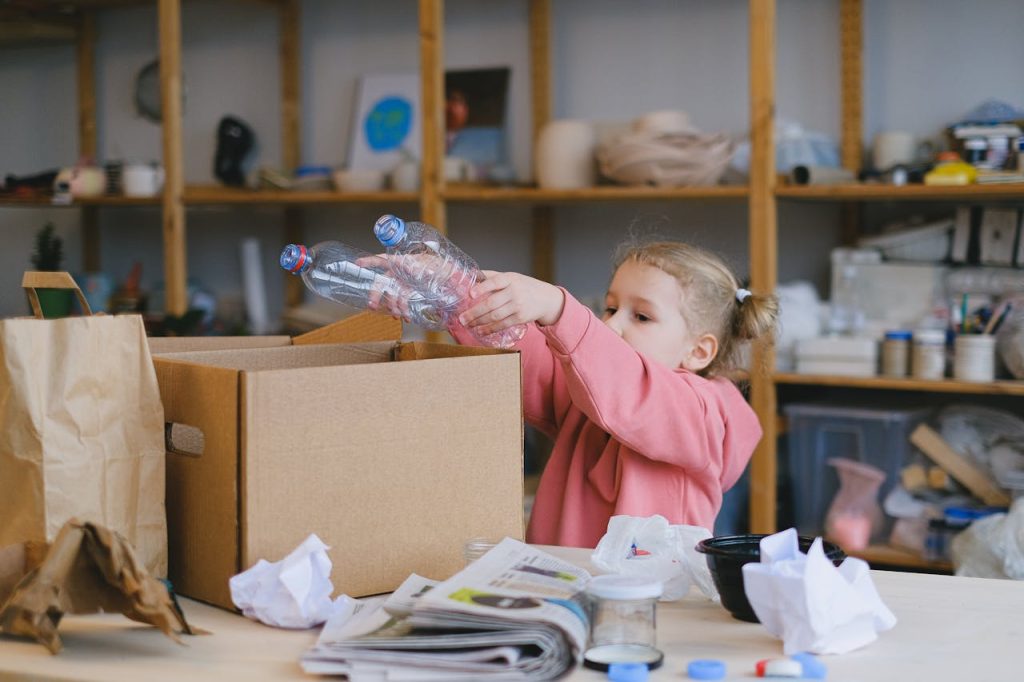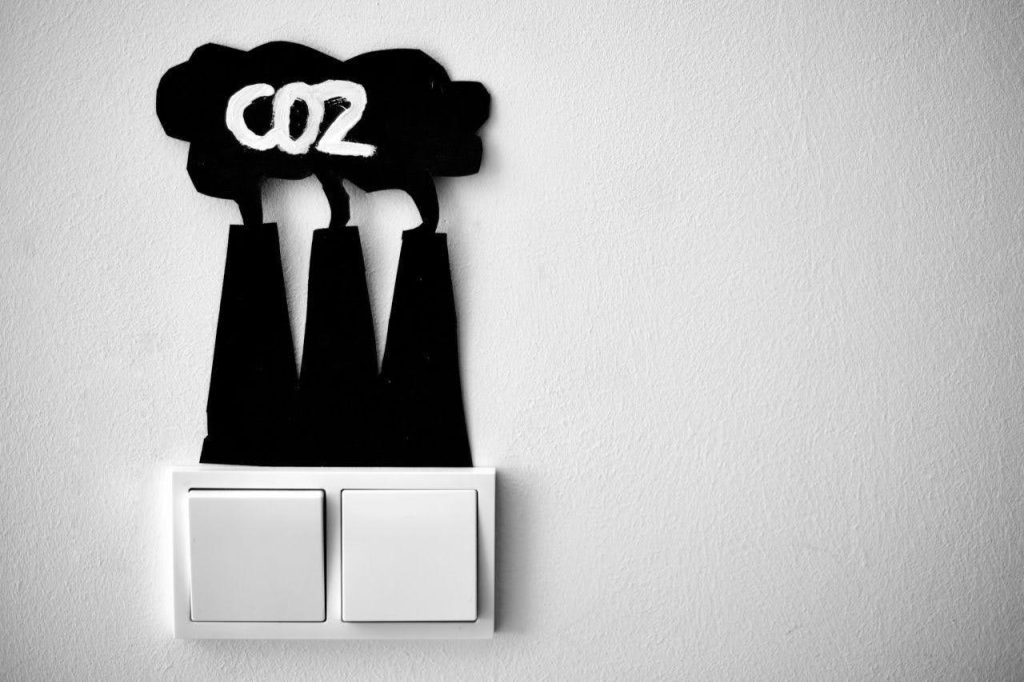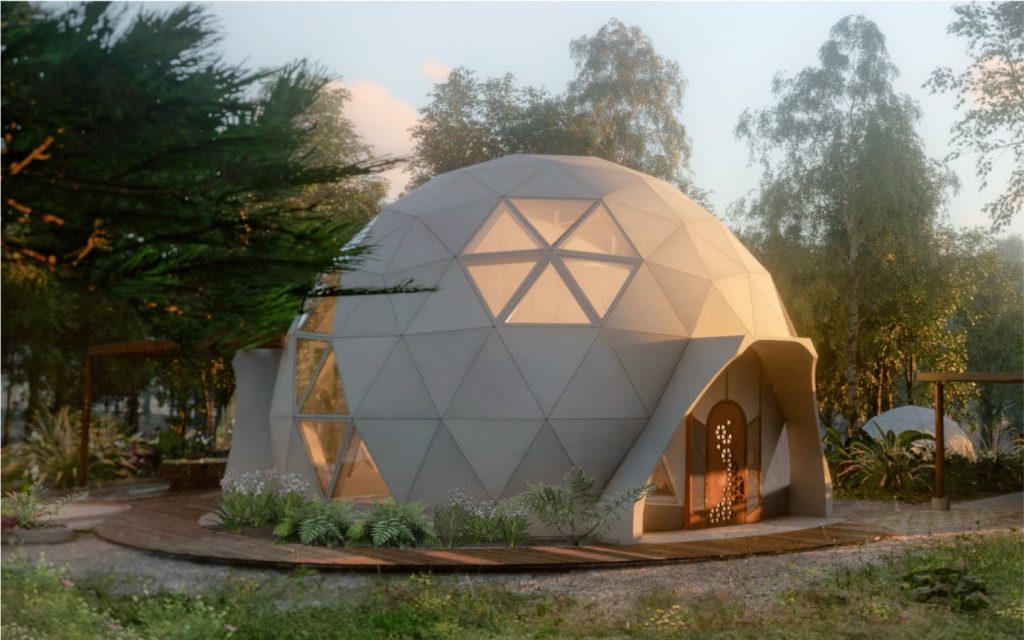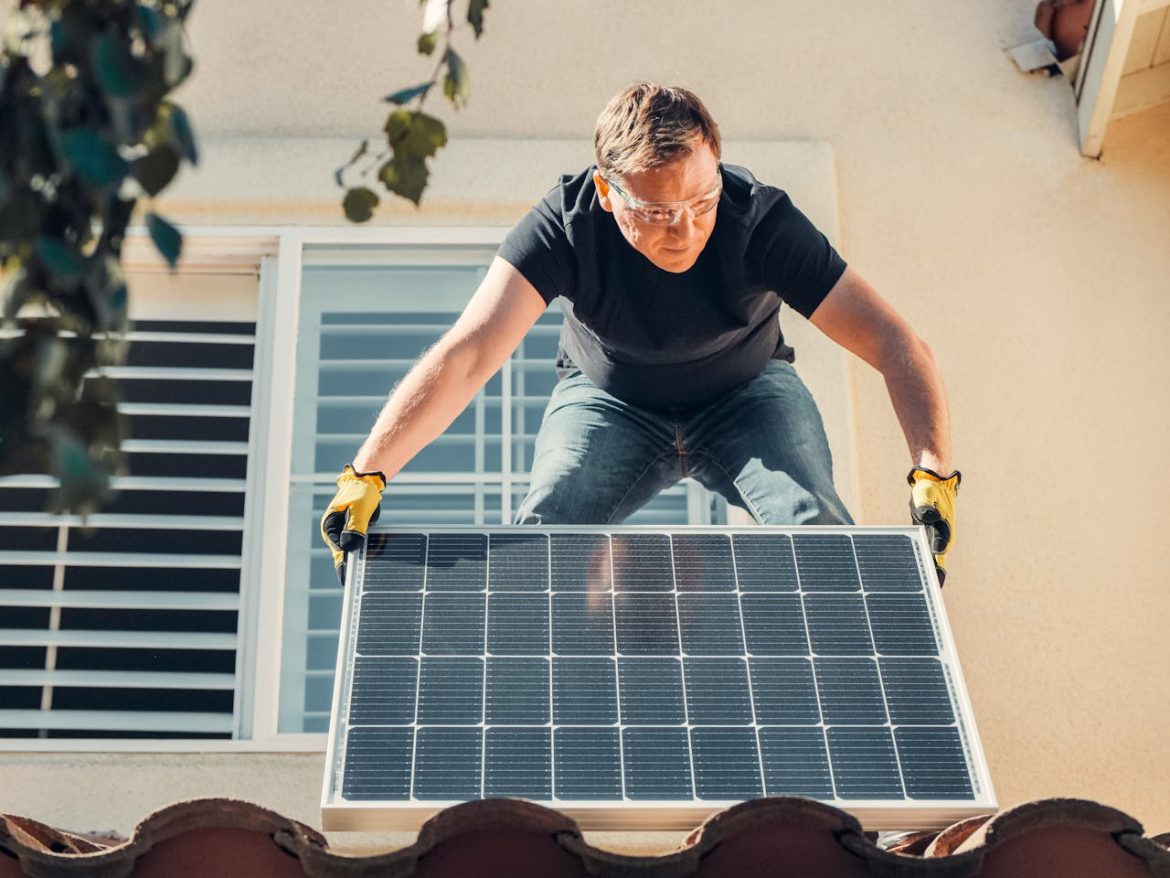Renovating a home with sustainability in mind isn’t just about installing solar panels or picking recycled tiles. It’s a mindset shift, a process that requires intention at every turn. If you’re stepping into an eco-friendly home renovation for the first time, you’re probably juggling a mix of excitement, caution, and Pinterest boards. The journey is doable, rewarding, and packed with lessons—just know what you’re walking into and how to walk through it wisely.
Vision Comes First, Green Comes Later
Before picking up a hammer or booking a contractor, you need clarity on what you actually want your home to be. Creating a vision for your space helps prioritize the renovations that matter, especially when considering eco-friendly upgrades. It’s easy to get lost in the weeds with terms like “net-zero,” “passive house,” or “LEED-certified,” so ground your goals in practicality and lifestyle fit. When you know your “why,” your sustainable choices become more focused and less performative.
Finding Your People (And Vet Them Well)
Contractors, architects, and suppliers aren’t all versed in green building principles, so your renovation will only be as eco-conscious as your team allows. You’ll want to dig deeper than glossy websites—ask for portfolios, request to speak with past clients, and quiz them on low-VOC materials or energy modeling practices. There’s a huge difference between a contractor who tolerates green upgrades and one who champions them. Surrounding yourself with the right people is half the battle in keeping the project aligned with your sustainability goals.
Budgeting with Both Eyes Open
Let’s not sugarcoat it—going green can cost more upfront, depending on what you’re tackling. But here’s where perspective matters: energy-efficient appliances, proper insulation, and water-saving fixtures pay off in the long run. When mapping your budget, make room for contingencies because delays or new discoveries behind your walls could add to the total. You’ll want to balance the desire for top-of-the-line green tech with the reality of your financial limits—there’s no shame in phasing it out over time.
Deconstruction Beats Demolition
Tearing everything down might feel cathartic, but thoughtful deconstruction wins on both environmental and emotional fronts. Reusing cabinetry, repurposing wood, and donating salvageable items not only reduces waste but adds character to your renovation story. This step may take longer and involve more coordination, especially with non-profits or recycling centers, but it keeps usable material out of the landfill. Plus, there’s something satisfying about knowing your old countertops now live in someone else’s starter home.
Patience Is More Than a Virtue—It’s a Strategy
Eco-friendly materials and products sometimes come with longer lead times, especially if you’re sourcing items locally or opting for low-impact production methods. Timelines can stretch, and when that happens, communication becomes your best tool. Checking in weekly with your contractor, tracking order statuses, and staying flexible with installation windows can help you maintain momentum without unnecessary stress. If you expect delays upfront, you’ll weather them a lot better when they inevitably happen.
Rethink What You Can’t See
It’s easy to focus on finishes, but sustainability often starts behind the walls—think insulation, plumbing, HVAC, and airtightness. Choosing cellulose insulation over fiberglass or installing a heat recovery ventilator might not sound glamorous, but those decisions make a massive difference in energy efficiency. These systems work quietly in the background, shrinking your carbon footprint while you go about your day. In a truly green renovation, the invisible upgrades do just as much heavy lifting as the beautiful ones you can touch and see.
Small Choices Add Up Over Time
Not every eco-friendly renovation involves solar panels or rainwater collection. Even seemingly minor decisions—like switching to LED lighting, opting for reclaimed flooring, or sealing drafts—compound into something meaningful. The magic lies in consistency: making sustainable choices at every fork in the road, even when they feel minor. You’re creating a home that supports the environment every single day, and that’s the real win.
Investing in a Home Warranty
After the dust settles on your renovation, it’s worth weighing the pros and cons of a home warranty. These plans typically cover repairs to appliances and home systems, which can be a lifesaver if something breaks shortly after you’ve invested in new upgrades. Some policies even include coverage for removing defective equipment or addressing breakdowns that result from improper installations or past repair mistakes. This page is a good resource if you’d like to learn more about home warranties.
An eco-friendly renovation is as much about reshaping your relationship with your home as it is about construction. You’ll learn to think more critically about materials, waste, energy, and even your daily habits. Expect a few bumps along the way, because no renovation ever goes exactly to plan—but with clear goals, the right team, and a little flexibility, you’ll get through it. What you end up with isn’t just a greener home—it’s a more intentional way of living, rooted in care for the planet and pride in your space.
Discover innovative ways to live sustainably and harmoniously with nature by visiting Sol + Spirit, your go-to resource for eco-friendly living tips and inspiration.
